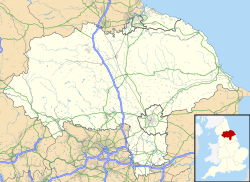The East and West Riding Regiment was a regiment of the British Territorial Army from 1999 to 2006. In 2006, it was re-designated as the 4th Battalion The Yorkshire Regiment.
The Tyne-Tees Regiment was a regiment of the British Territorial Army. The regiment was part of 15 Brigade and was the Territorial unit of infantry in the area stretching from Scarborough in North Yorkshire, to Alnwick in Northumberland.

The Prince of Wales's Own Regiment of Yorkshire was an infantry regiment of the British Army, part of the King's Division. It was created in 1958 by the amalgamation of the West Yorkshire Regiment and the East Yorkshire Regiment. After 48 years service, the regiment was amalgamated again, this time with two other Yorkshire regiments. It became the 1st Battalion of the Yorkshire Regiment, with the Green Howards forming the 2nd Battalion and the Duke of Wellington's Regiment forming the 3rd Battalion on 6 June 2006. Following further merges, in 2012, the battalion was redesignated as the new 2nd Battalion (2Yorks).

The Green Howards , frequently known as the Yorkshire Regiment until the 1920s, was a line infantry regiment of the British Army, in the King's Division. Raised in 1688, it served under various titles until it was amalgamated with the Prince of Wales's Own Regiment of Yorkshire and the Duke of Wellington's Regiment, all Yorkshire-based regiments in the King's Division, to form the Yorkshire Regiment on 6 June 2006.
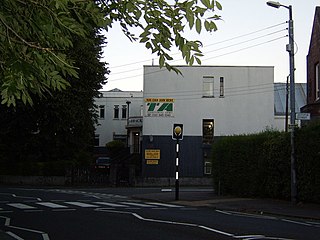
Walcheren Barracks is a drill hall located at Hotspur Street in Maryhill, Glasgow, Scotland. It is located adjacent to the site of the former Maryhill Barracks.
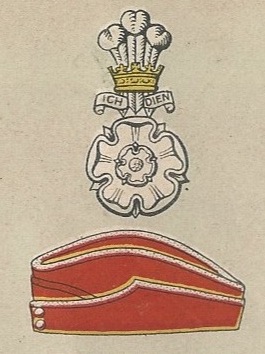
The Yorkshire Hussars was an auxiliary unit of the British Army formed in 1794. The regiment was formed as volunteer cavalry (Yeomanry) in 1794 during the French Revolutionary Wars and served in the Second Boer War and the First World War. It was converted to an armoured role during the Second World War. In 1956, it merged with two other Yorkshire yeomanry regiments to form the Queen's Own Yorkshire Yeomanry. Its lineage is continued today by the Queen's Own Yeomanry.

The Queen's Own Yorkshire Dragoons was a yeomanry regiment of the British Army in existence from 1794 to 1956. It was formed as a volunteer cavalry force in 1794 during the French Revolutionary Wars. Its volunteer companies played an active role with the Imperial Yeomanry in the Second Boer War, but opportunities for mounted action were much more restricted during the First World War and it was temporarily converted into a cycle unit. It remained a cavalry regiment throughout the interwar years, and was the last horsed unit of the British Army to see action, in the Syria–Lebanon Campaign of 1941, finally mechanising the following year. It served as motorised infantry in the North African and Italian campaigns of the Second World War. In 1956, it merged with the Yorkshire Hussars and the East Riding of Yorkshire Yeomanry to form the Queen's Own Yorkshire Yeomanry. Its lineage is continued today by A Squadron, the Queen's Own Yeomanry.
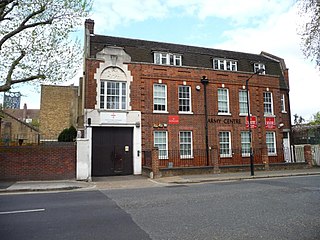
The Braganza Street drill hall is a military installation in Braganza Street, Walworth.

The Castle Armoury is a former military installation in Bury, Greater Manchester, England.
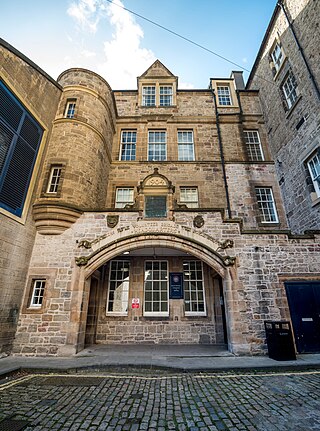
The Forrest Hill drill hall is a former military installation in Edinburgh, Scotland. The building is now owned by the University of Edinburgh.

The Ferry Road drill hall, known locally as Seaforth Barracks, is a military installation in Dingwall, Scotland.

Dare Wilson Barracks, is a military installation in Hexham, Northumberland. The building is named after Major General Dare Wilson who was commissioned into the Royal Northumberland Fusiliers and commanded 22 Special Air Service Regiment in the early 1960s.

Londesborough Barracks is a military installation in Kingston upon Hull, England.

The Canterbury Street drill hall is a former military installation in Blackburn, Lancashire. It is a Grade II listed building.

The St Paul's Street drill hall is a military installation in Huddersfield, West Yorkshire. It is a Grade II listed building.
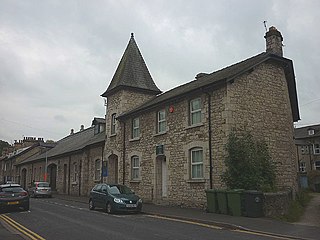
The Queen Katherine Street drill hall, sometimes known as the Aynam Road drill hall is a former military installation located on Queen Katherine Street, off Aynam Road, in Kendal, Cumbria, England.

The Drill Hall Road Army Reserve Centre is a military installation in Newport, Isle of Wight.
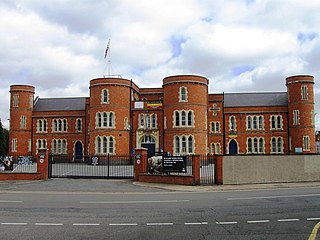
The Clare Street drill hall is a military installation in Northampton, Northamptonshire. It is a Grade II listed building.
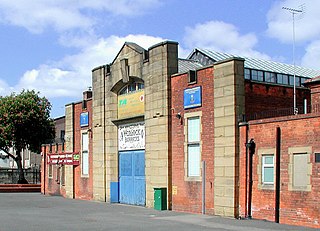
Wenlock Barracks is a military installation on Anlaby Road in Kingston upon Hull, England.

The Exeter & South Devon Volunteers was the premier unit of Britain's Volunteer Force. Formed in 1852 it went on to become a battalion of the Devonshire Regiment. Both its active service battalions went to garrison India on the outbreak of the First World War, and then saw action in Mesopotamia and Palestine. In the Second World War, the battalion served in the garrison of Gibraltar. It continued in the postwar Territorial Army until it was merged with other West Country units. Its successors today serve in a reserve battalion of The Rifles.

